Overview
Diazepam Tablets 10mg, marketed under the brand name Crescent, belong to a class of medications known as benzodiazepines. These tablets are primarily used for the short-term relief of symptoms associated with mild to moderate anxiety or alcohol withdrawal, such as agitation. Diazepam is also effective in alleviating muscle spasms and controlling prolonged seizures when administered in its injectable form.
Mechanism of Action
Diazepam works by enhancing the activity of gamma-aminobutyric acid (GABA), a neurotransmitter in the brain. GABA inhibits neural activity, leading to a calming effect on the brain and central nervous system. This mechanism helps reduce anxiety, muscle spasms, and seizures, providing relief from the symptoms associated with these conditions.
Indications
Diazepam 10mg Crescent is indicated for:
- Short-term relief of anxiety symptoms
- Management of acute alcohol withdrawal symptoms
- Relief of skeletal muscle spasms due to reflex spasm to local pathology (such as inflammation of muscles or joints, or secondary to trauma)
- Adjunctive therapy for seizures, including status epilepticus and severe recurrent convulsive seizures
- Preoperative sedation and anxiolysis in surgical procedures
Dosage and Administration
Adults: The typical adult dosage ranges from 2 to 10 mg taken two to four times daily, depending on the severity of the condition and the individual response to treatment.
Children (over 6 months of age): The initial dose is usually 1 mg to 2.5 mg taken three to four times daily. The dosage may be adjusted based on the child’s response and clinical condition.
Elderly and Debilitated Patients: A lower initial dose is recommended, typically 2 to 2.5 mg once or twice daily, to be increased gradually as needed and tolerated.
Administration Instructions: Diazepam tablets should be taken with water and can be ingested with or without food. It is crucial to follow the prescribed dosage and not to exceed the recommended amount. In case a dose is missed, it should be taken as soon as remembered unless it is close to the time for the next dose. Do not double the dose to make up for a missed one.
Pharmacokinetics
- Absorption: Diazepam is rapidly absorbed from the gastrointestinal tract, with peak plasma concentrations achieved within 1-1.5 hours after oral administration.
- Distribution: It is widely distributed throughout the body, including the central nervous system, with a high affinity for adipose tissue.
- Metabolism: Diazepam is metabolized in the liver to active metabolites, including desmethyldiazepam, oxazepam, and temazepam.
- Elimination: The elimination half-life of diazepam is approximately 20-50 hours, and it is excreted primarily in the urine.
Contraindications
Diazepam 10mg Crescent should not be used in the following conditions:
- Known hypersensitivity to diazepam or any other component of the formulation
- Severe respiratory insufficiency
- Sleep apnea syndrome
- Severe hepatic impairment
- Myasthenia gravis
- Acute narrow-angle glaucoma
Warnings and Precautions
- Dependence and Withdrawal: Prolonged use of diazepam can lead to physical and psychological dependence. Sudden discontinuation of the medication may result in withdrawal symptoms such as seizures, tremors, muscle cramps, vomiting, and sweating. It is recommended to gradually taper the dose under medical supervision.
- CNS Depression: Diazepam can cause central nervous system depression, leading to drowsiness, dizziness, and impaired coordination. Caution is advised when performing tasks that require mental alertness, such as driving or operating machinery.
- Alcohol and CNS Depressants: Concomitant use of diazepam with alcohol or other CNS depressants can potentiate the sedative effects, leading to increased risk of respiratory depression, sedation, and coma.
- Pregnancy and Lactation: Diazepam should be avoided during pregnancy and lactation unless absolutely necessary, as it can cross the placental barrier and be excreted in breast milk, potentially causing adverse effects on the fetus or infant.
- Elderly Patients: The elderly are more susceptible to the sedative effects of diazepam, and a lower dose is often required to minimize the risk of sedation and falls.
Side Effects
Common side effects of Diazepam 10mg Crescent include:
- Drowsiness
- Fatigue
- Muscle weakness
- Ataxia (lack of coordination)
- Dizziness
- Confusion
- Headache
- Nausea
- Dry mouth
- Constipation
Less common but more severe side effects include:
- Respiratory depression
- Hypotension
- Bradycardia
- Paradoxical reactions (e.g., agitation, irritability, aggression)
- Anterograde amnesia (difficulty forming new memories)
Drug Interactions
Diazepam can interact with several other medications, including:
- CNS Depressants: Increased sedation and respiratory depression when used with opioids, alcohol, or other benzodiazepines.
- Antacids: May delay the absorption of diazepam.
- Antifungals: Drugs like ketoconazole and itraconazole can increase diazepam levels by inhibiting its metabolism.
- Antidepressants: Certain antidepressants can enhance the sedative effects of diazepam.
Storage and Handling
Store Diazepam 10mg Crescent tablets at room temperature, away from moisture and heat. Keep the medication out of reach of children and pets. Do not use the tablets after the expiration date indicated on the packaging. Dispose of any unused or expired medication in accordance with local regulations for pharmaceutical waste.
Special Considerations
- Personalized Dosing: The dosage should be tailored to the individual patient’s needs, taking into account factors such as weight, overall health, and response to treatment.
- Gradual Discontinuation: To avoid withdrawal symptoms, it is recommended to gradually reduce the dose rather than abruptly discontinuing the medication.
- Patient Education: Patients should be informed about the potential for dependence, the importance of adherence to the prescribed dosage, and the risks of concomitant use with alcohol or other CNS depressants.
Conclusion
Diazepam 10mg Crescent is a valuable medication for the management of anxiety, alcohol withdrawal symptoms, muscle spasms, and seizures. Its effectiveness is due to its action on the central nervous system, providing relief from various conditions. However, due to its potential for dependence and side effects, it should be used under strict medical supervision, with careful consideration of the appropriate dosage and duration of treatment. Always consult with a healthcare provider for personalized medical advice and follow the prescribed regimen to ensure safe and effective use of this medication.

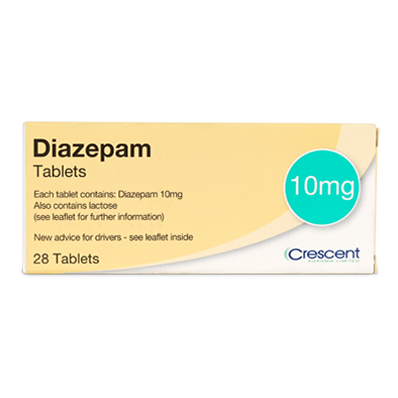
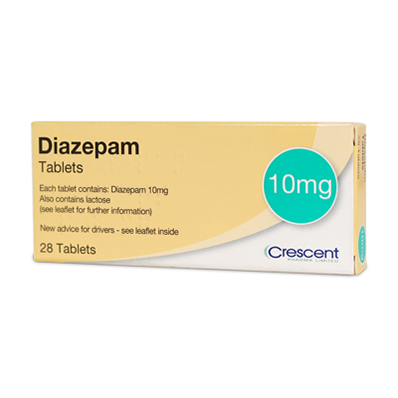
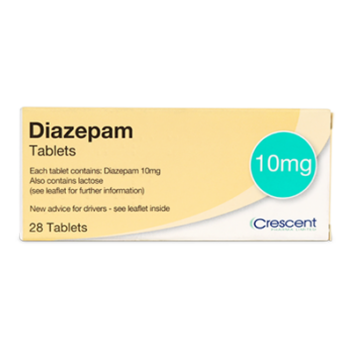

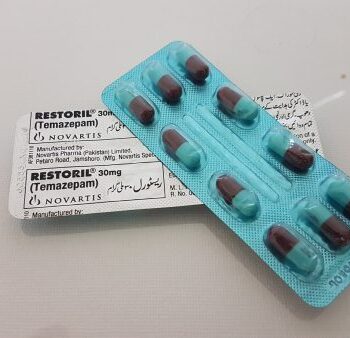
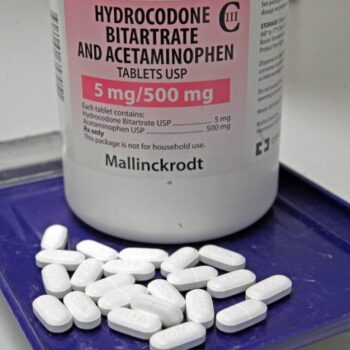
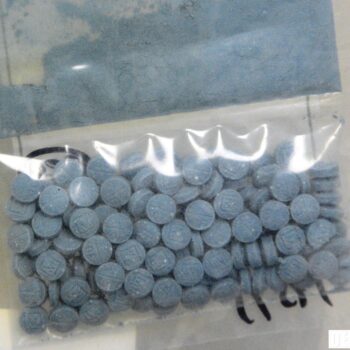
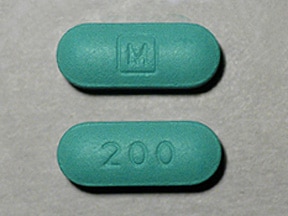
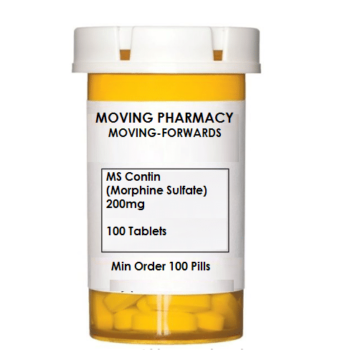
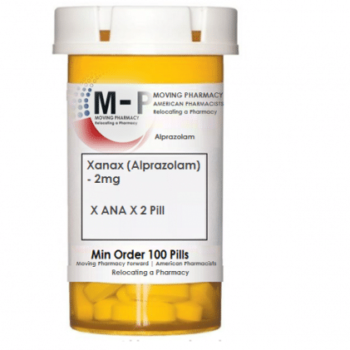
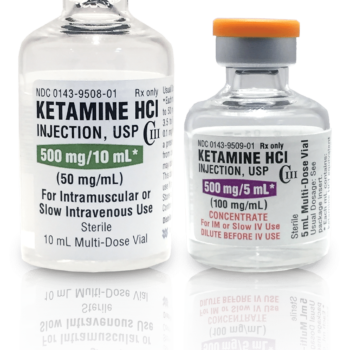


Reviews
There are no reviews yet.